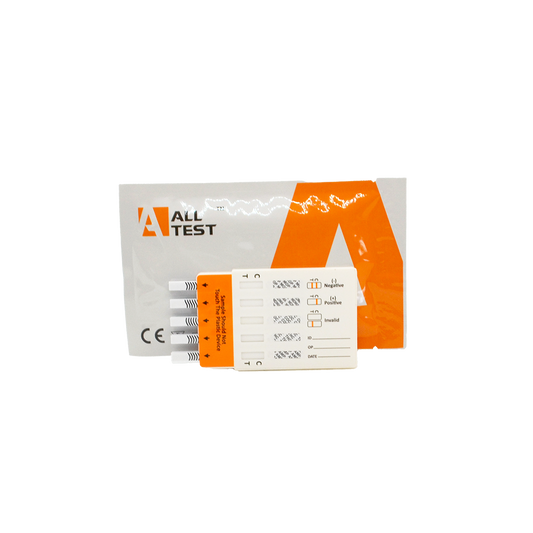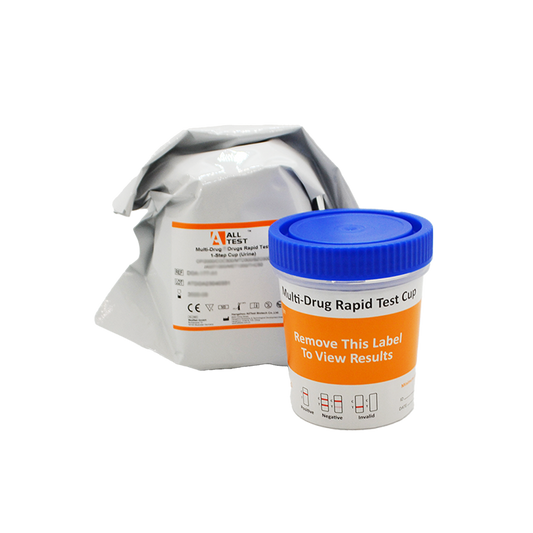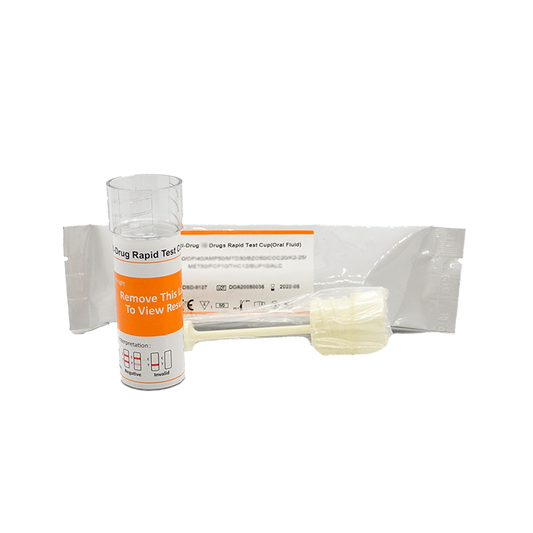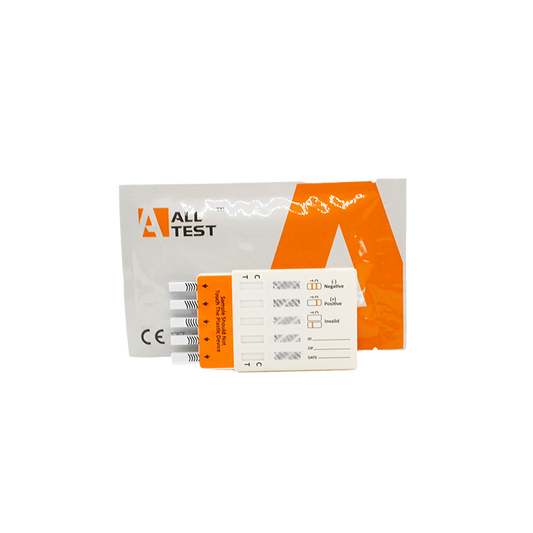Understanding the general signs of drug addiction and dependency is crucial, but recognising the specific indicators associated with different drugs can provide even more clarity. Each substance has unique physical, behavioural, and psychological effects, which manifest in various ways. Here, we'll delve into the signs of addiction and dependency for some commonly abused drugs.
Alcohol
Alcohol is one of the most commonly abused substances, and its addiction signs can be subtle due to its social acceptance.
Physical Signs
- Slurred Speech: Difficulty speaking clearly and coherently.
- Coordination Problems: Stumbling, frequent falls, and clumsiness.
- Chronic Health Issues: Liver disease, pancreatitis, and cardiovascular problems.
Behavioral Signs
- Blackouts: Periods of amnesia where the person cannot remember events.
- Frequent Drinking: Drinking at inappropriate times, such as in the morning or during work.
- Neglecting Responsibilities: Missing work, school, or social obligations due to drinking.
Emotional and Psychological Signs
- Irritability: Increased agitation and anger when not drinking.
- Depression and Anxiety: Feelings of sadness and anxiety, which may worsen with alcohol withdrawal.
Opioids (Heroin, Prescription Painkillers)
Opioids, including prescription painkillers and heroin, are highly addictive and have severe consequences.
Physical Signs
- Constricted Pupils: Pinpoint pupils that do not respond to light.
- Nodding Off: Alternating between wakefulness and drowsiness.
- Track Marks: Visible needle marks on arms or other injection sites.
Behavioral Signs
- Doctor Shopping: Visiting multiple doctors to obtain prescriptions.
- Stealing Medication: Taking painkillers prescribed for others.
- Criminal Activity: Engaging in illegal activities to obtain drugs.
Emotional and Psychological Signs
- Euphoria: Intense feelings of happiness or euphoria when using the drug.
- Anxiety and Irritability: Heightened anxiety and irritability during withdrawal.
Cocaine
Cocaine is a powerful stimulant with noticeable effects on behavior and physical health.
Physical Signs
- Dilated Pupils: Enlarged pupils even in bright light.
- Nosebleeds: Frequent nosebleeds or nasal damage from snorting cocaine.
- Rapid Weight Loss: Significant and rapid weight loss due to decreased appetite.
Behavioral Signs
- Increased Energy: Hyperactivity and excessive talking.
- Paranoia: Irrational distrust or suspicion of others.
- Risky Behaviour: Engaging in dangerous activities without considering the consequences.
Emotional and Psychological Signs
- Euphoria: Intense, short-lived euphoria followed by a crash.
- Depression: Severe depressive episodes during withdrawal.
Methamphetamine (Meth)
Methamphetamine, or meth, is a highly addictive stimulant with profound effects on the user's body and mind.
Physical Signs
- Severe Dental Problems: "Meth mouth" includes broken, discolored, and rotting teeth.
- Skin Sores: Open sores and scabs from excessive scratching.
- Weight Loss: Extreme and rapid weight loss.
Behavioral Signs
- Compulsive Behavior: Repetitive, obsessive actions such as cleaning or assembling/disassembling objects.
- Violence and Aggression: Increased likelihood of violent outbursts and aggression.
- Insomnia: Prolonged periods without sleep.
Emotional and Psychological Signs
- Paranoia and Hallucinations: Seeing or hearing things that are not there.
- Euphoria: Intense euphoria followed by a severe crash.
- Anxiety and Depression: Heightened anxiety and deep depression during withdrawal.
Marijuana
Marijuana is often perceived as less harmful, but it can still lead to dependency and addiction.
Physical Signs
- Red Eyes: Bloodshot eyes and increased appetite ("munchies").
- Dry Mouth: Persistent dry mouth and throat.
Behavioral Signs
- Lethargy: Lack of motivation and prolonged periods of inactivity.
- Paranoia: Mild paranoia and anxiety, particularly in high doses.
- Memory Problems: Short-term memory issues and difficulty concentrating.
Emotional and Psychological Signs
- Euphoria: Mild euphoria and relaxation.
- Anxiety: Increased anxiety or panic attacks in some individuals.
Ketamine
Ketamine is a dissociative anaesthetic often used in medical settings but also abused recreationally for its hallucinogenic effects.
Physical Signs
- Numbness: A feeling of numbness or loss of sensation in the body.
- Coordination Issues: Difficulty walking, clumsiness, and lack of coordination.
- High Blood Pressure: Elevated blood pressure and heart rate.
Behavioral Signs
- Disassociation: A sense of detachment from reality, oneself, or one's environment.
- Memory Loss: Short-term memory loss or confusion.
- Unusual Behaviour: Strange or erratic behaviour, such as staring off into space or acting out of character.
Emotional and Psychological Signs
- Hallucinations: Visual and auditory hallucinations, often described as vivid and dream-like.
- Euphoria: Intense feelings of euphoria and well-being.
- Paranoia: Feelings of paranoia or extreme fear, especially at high doses.
- Depression: Depressive symptoms, particularly with long-term use or during withdrawal.





